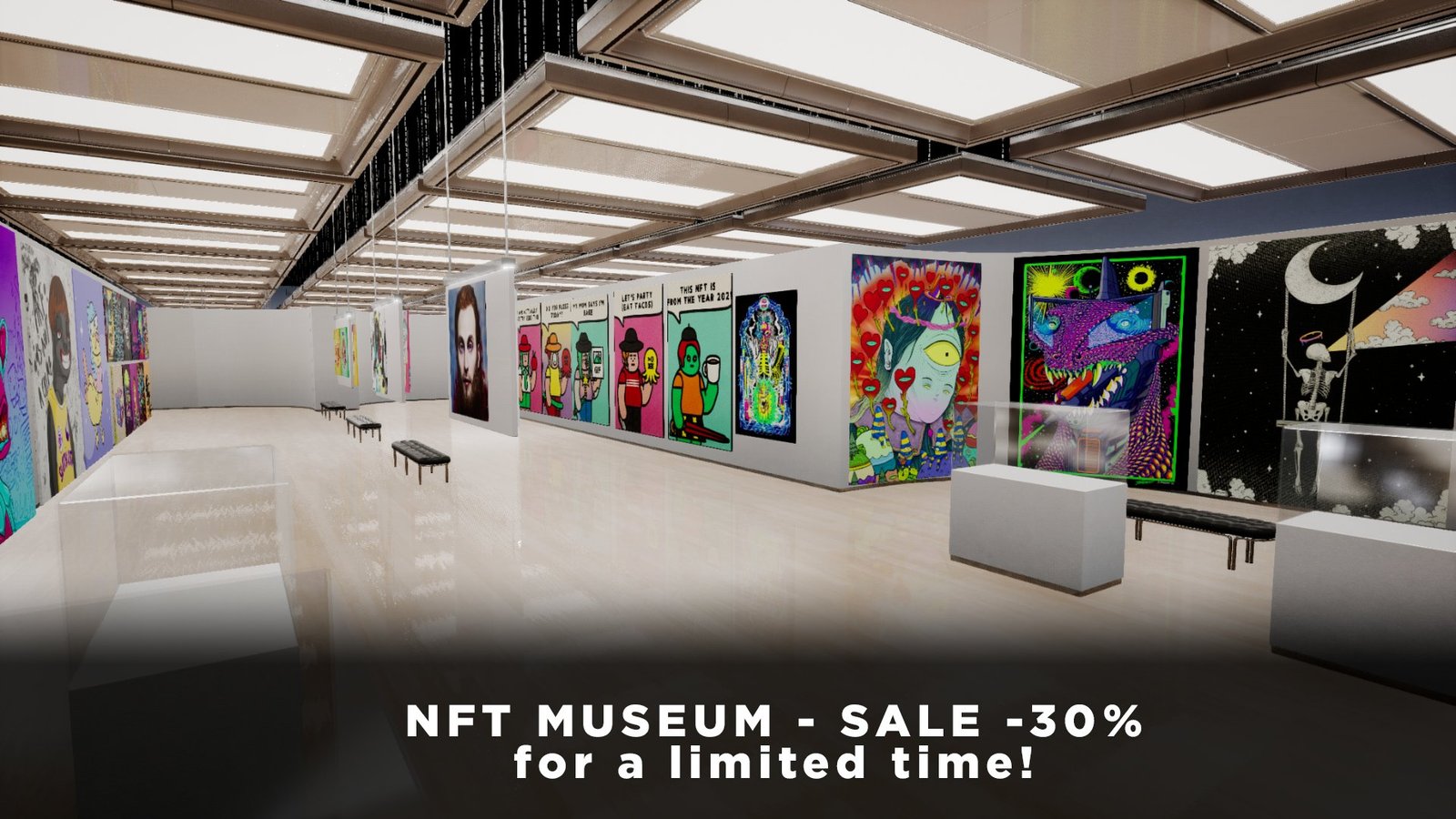NFTs and the Art World: How NFTs Are Revolutionizing the Industry

Revolutionizing the Industry
In this article, we will explore the impact of NFTs on the art world and how they are revolutionizing the industry. The world of art has long been characterized by exclusivity, high price points, and a complex system of intermediaries. However, the rise of non-fungible tokens (NFTs) has brought about a new era of democratization and accessibility within the industry.
NFTs
Before we dive into the impact of NFTs on the art world, it is important to first understand what NFTs are. NFTs are unique digital assets that are stored on a blockchain. They are non-fungible, which means they cannot be exchanged for another asset on a one-to-one basis. Each NFT is unique and has its own distinct value.
How NFTs Work
NFTs are created by using blockchain technology to assign a unique digital identity to a particular asset, such as a piece of artwork. This digital identity is stored on the blockchain, which serves as a public ledger that tracks the ownership and transfer of the asset. This means that NFTs provide a secure and transparent way to verify ownership of digital assets.
The Rise of NFTs
NFTs have gained widespread popularity in recent years, with high-profile sales making headlines in the mainstream media. In March 2021, a digital artwork by Beeple sold for a record-breaking $69 million at Christie’s auction house, making it the most expensive NFT ever sold. This sale sparked a renewed interest in NFTs and highlighted their potential to disrupt traditional art market structures.
NFTs and the Art World
The art world has traditionally been dominated by galleries, dealers, and auction houses. These intermediaries have long controlled the market and determined the value of artwork. However, NFTs have the potential to democratize the art world by providing a way for artists to directly sell their work to collectors.
Benefits for Artists
One of the major benefits of NFTs for artists is the ability to receive direct payment for their work. With traditional art market structures, artists often receive only a small percentage of the final sale price of their work. In contrast, NFTs allow artists to set their own prices and receive the full amount of the sale. This provides greater financial autonomy and control for artists.
Benefits for Collectors
NFTs also offer benefits for collectors. By purchasing an NFT, collectors have proof of ownership of a unique digital asset. This provides a level of authenticity and exclusivity that is highly valued within the art world. In addition, NFTs can be easily traded and sold on secondary markets, providing collectors with greater liquidity for their investments.
Challenges and Criticisms
While NFTs offer many potential benefits for artists and collectors, there are also challenges and criticisms to consider. One criticism is that NFTs contribute to the growing issue of energy consumption within the blockchain industry. The process of creating and maintaining the blockchain requires significant amounts of energy, which has raised concerns about the environmental impact of NFTs.
In addition, some critics argue that the hype around NFTs has led to a bubble within the market, with prices for digital assets becoming increasingly inflated. This could lead to a potential crash in the market and harm both artists and collectors.
The Future of NFTs and the Art World
Despite these challenges and criticisms, NFTs have already made a significant impact on the art world and are poised to continue to revolutionize the industry. As more artists and collectors embrace NFTs, traditional art market structures may become increasingly obsolete.
NFTs and Digital Art
One area where NFTs have already had a major impact is in the world of digital art. Prior to the rise of NFTs, digital art was often seen as less valuable than traditional forms of art. However, NFTs have provided a way for digital artists to monetize their work and gain recognition within the art world.
NFTs and Traditional Art
While NFTs have been primarily associated with digital art, they also have the potential to revolutionize the market for traditional art. By using NFTs to track the ownership and provenance of artwork, it may become easier to verify the authenticity of pieces and prevent fraud within the market.
NFTs and Museums

NFTs also have the potential to change the way that museums and cultural institutions operate. By using NFTs to create digital versions of physical art pieces, museums could provide greater access to their collections and allow visitors to view artwork from anywhere in the world.
NFTs and Social Impact
In addition to their potential impact on the art market, NFTs also have the potential to drive social impact. By using NFTs to create charitable artworks, artists can donate a portion of the proceeds from sales to charitable causes. This provides a new way for artists to give back to their communities and make a positive impact on the world.
Read More:Momento NFT: The Social NFT Game-Changing Platform
Conclusion
NFTs have the potential to revolutionize the art world by providing a new way for artists and collectors to interact with artwork. While there are challenges and criticisms to consider, the rise of NFTs has already had a significant impact on the market for digital art and may have far-reaching implications for traditional art as well. As the use of NFTs continues to grow, it will be interesting to see how they shape the future of the art world.
FAQs
- What is an NFT? An NFT is a unique digital asset that is stored on a blockchain and has its own distinct value.
- How do NFTs work? NFTs are created by using blockchain technology to assign a unique digital identity to a particular asset, such as a piece of artwork.
- What are the benefits of NFTs for artists? NFTs allow artists to receive direct payment for their work and set their own prices, providing greater financial autonomy and control.
- What are the benefits of NFTs for collectors? NFTs provide proof of ownership of a unique digital asset and can be easily traded and sold on secondary markets, providing greater liquidity for collectors.
- What are the criticisms of NFTs? Critics argue that NFTs contribute to the growing issue of energy consumption within the blockchain industry and may lead to a bubble within the market.











